Building 3D models and Nets
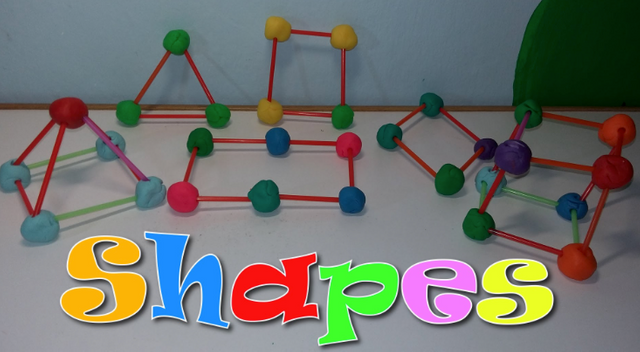
A net shows the minimum amount of material that you will need to build a 3D models. Adding flaps to the net of your 3D object makes it easier to join the shape. The flaps are also called tabs.A net of a solid shape can be drawn and cut out, you can fold it and use glue or tape to make a 3D object.
Tabs must be added where two sides of the net meet to form an edge.
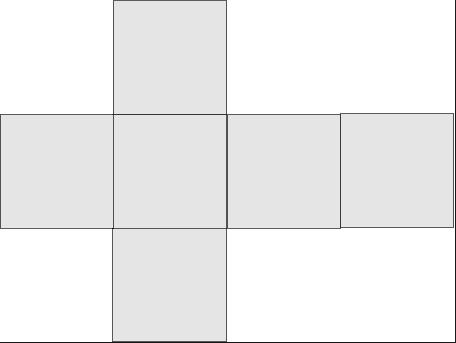
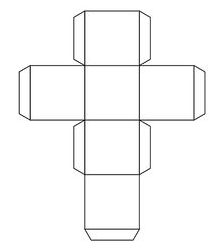
We can see that the cube net without tabs, will be able to fold into a cube, but it won't stay that way. Putting glue on the tabs of the 2nd example, the 3D object will be able to stay together.
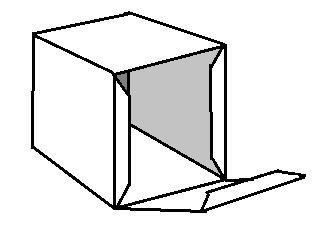
A cube net with tabs, folded and glued together
We can see and touch 3D shapes, but we can only draw them flat on 2D paper.
Here are a few examples of nets of 3D objects.
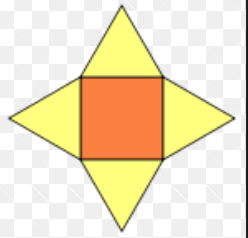
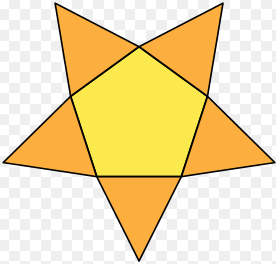
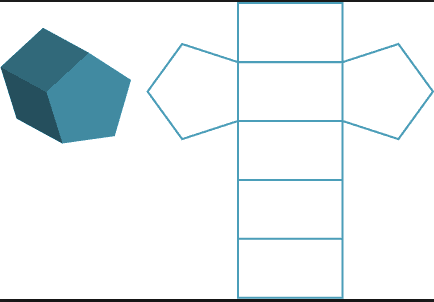
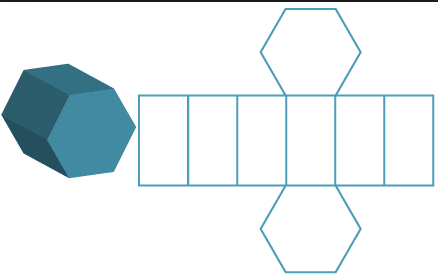
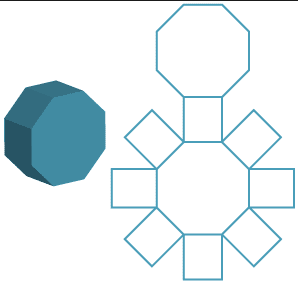
An easy and fun way to build 3D models, is to ask your learners to bring toothpicks and mini marshmallows or any small soft sweets to class.
Building a cube
Step 1:
Use 4 toothpicks and 4 marshmallows.
On each end of the toothpick, put a marshmallow and combine the toothpicks and marshmallows so that you have a square.

Step 2:
Put 4 more toothpicks in each marshmallow so that the toothpicks are standing in an upright position.
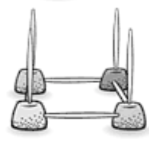
Step 3
On each end of the toothpicks, put another 4 marshmallows, and combine them with 4 more toothpicks.
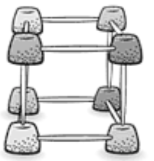
Learners will now have a 3D cube, you can ask your learners how many marshmallows they used, this is also the vertices of the cube. Learners can see that there are 8 marshmallows, so a cube has 8 vertices. The same with the toothpicks, learners can count how many toothpicks they used, this will be the edges. In total 12 toothpicks were used to build the cube, so there are 12 edges.
Building a square based pyramid
Step 1
The base of the pyramid is a square, so we are going to use 4 toothpicks and 4 marshmallows. On each end of the toothpick, put a marshmallow. Combine the marshmallows and toothpicks to make a square.

Step 2
In each of the marshmallows, place another toothpick so that it is standing in an upright position. Take the 4 toothpicks together to one point.
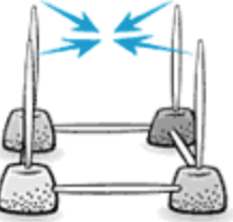
Step 3
Take one more marshmallow and put it into the 4 toothpicks where they come together. Remember that a pyramid comes together at one point.
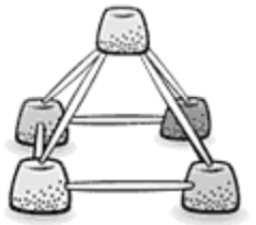
Again, learners can see that a square based pyramid has 5 vertices because 5 marshmallows were used and there will be 8 edges because 8 toothpicks were used.
Learners can try to build other 3D models too, after each model, the teacher can ask them how many edges, vertices and faces each 3D model has.

Cool! I am putting together a bunch of arts and crafts projects for a summer kids program. Thanks for this post. We will have to make some 3D boxes, etc.
Downvoting a post can decrease pending rewards and make it less visible. Common reasons:
Submit
Yes, learners enjoy this project a lot because they are allowed to eat the rest of the sweets at the end of the lesson 😁
Downvoting a post can decrease pending rewards and make it less visible. Common reasons:
Submit
By making the figures in 3D, children can project themselves to great things. the design is in their creativity and ability to achieve it, and with these techniques would be excellent.
Downvoting a post can decrease pending rewards and make it less visible. Common reasons:
Submit